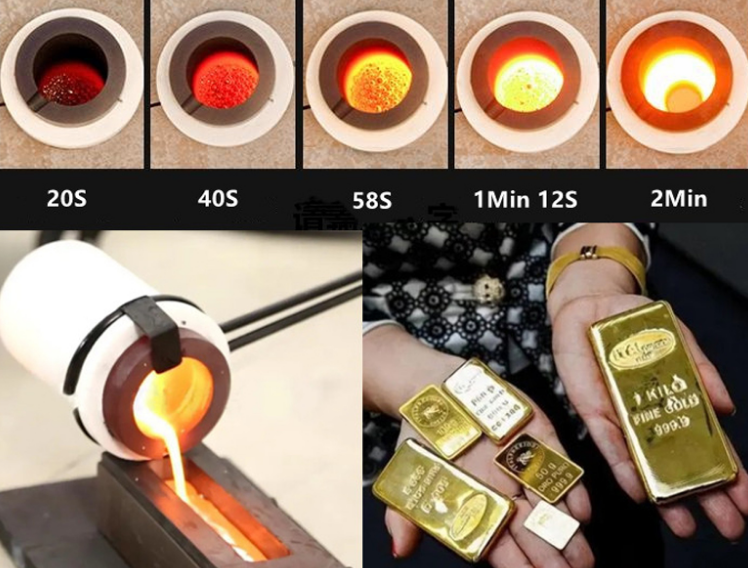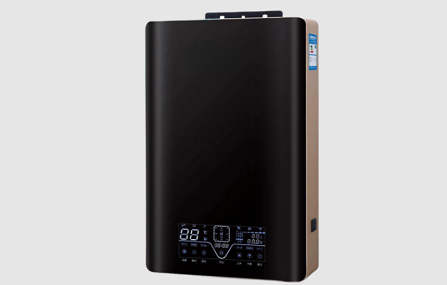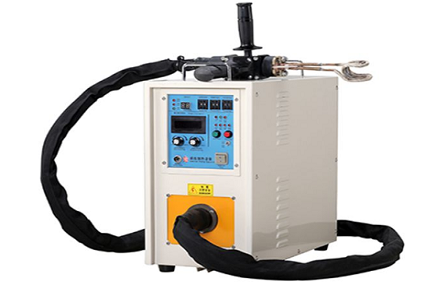Gold, highly valued for jewelry, currency, and investment over centuries, melts efficiently with induction furnaces. These furnaces use electromagnetic currents to generate heat, offering numerous advantages. They are energy-efficient, provide precise temperature control, and boast a higher melting rate. Additionally, induction furnaces require less maintenance, have a longer lifespan, and ensure safety by eliminating harmful gas, fume, or dust emissions. Explore the procedure for melting gold using an induction furnace in this article.
Induction Furnace for Melting Gold
The induction furnace for melting gold is widely favored for its numerous advantages over traditional methods. These furnaces are highly energy-efficient, provide precise temperature control, and boast a faster melting rate. Professionals choose induction furnaces for gold melting due to their safety—they produce no harmful gases, fumes, or dust. Moreover, they require minimal maintenance and offer an extended lifespan, making them a reliable choice in gold processing.

Procedure for Melting Gold with an Induction Furnace
Here is a step-by-step guide to melting gold using an induction furnace:
Preparation
Before melting gold, prepare the crucible and ensure the induction furnace is clean and operational. The crucible, typically made of graphite, clay, or ceramic, should be clean and free from impurities. Equip yourself with necessary safety gear, including protective gloves and glasses.
Preheating
Place the prepared crucible in the induction furnace and preheat it to a temperature of approximately 300 to 400 degrees Celsius. Maintain this temperature for 10 to 15 minutes to eliminate any moisture or gases.
Loading
Once preheated, carefully load the gold into the crucible using tongs or a scoop to avoid contamination. Handling gold directly with bare hands can introduce impurities.
Melting
Induction melting for gold is an efficient process. After loading the gold, you can start the melting process by turning on the induction furnace. Turn on the induction furnace and adjust the temperature to the desired level. The temperature required for melting gold is around 1064 degrees Celsius. The melting process should take around 10 to 15 minutes, depending on the amount of gold being melted.
Pouring
Once the gold is completely liquefied, it is ready to be transferred into a suitable mold or container. Handling the molten gold requires extreme caution due to its high temperature. Carefully pour the liquefied metal, ensuring a steady and controlled flow to prevent spills. Pay close attention to the behavior of the molten gold, avoiding sudden movements that could cause dangerous splashes. Always maintain a secure grip on your tools to prevent accidents. By following these precautions, you can safely and efficiently complete the pouring process without risk of harm.
Quality Control and Regulatory Considerations
Maintaining the quality and purity of melted gold is paramount. Use clean tools and handle the gold with care to avoid contamination. Consider sampling the melted gold for purity testing using an assay service or electronic gold tester. Ensure compliance with local and national regulations governing gold melting.
Economics and Alternatives
While induction furnaces offer numerous benefits, their setup costs can be significant. Assess your expected melting volume to determine if the investment justifies initial and ongoing expenses. Explore alternative methods like propane torches or electric furnaces, each with distinct advantages and drawbacks.
Common Problems and Troubleshooting
Even with careful preparation, issues may arise during the melting process. Uneven melting can often be corrected by ensuring the gold is evenly distributed in the crucible. Prevent overheating through regular maintenance and vigilant temperature monitoring.
Safety Precautions for Induction Furnace Operations
When working with induction furnaces, strict adherence to safety protocols is crucial to ensure operator safety. Equip yourself with suitable protective gear:
- Protective Gloves: Use high heat-resistant gloves to handle hot objects and prevent burns, as emphasized in the preparation phase.
- Safety Glasses: Essential for shielding your eyes from heat, splashes, and potential debris.
Consider additional safety measures:
- Heat-Resistant Aprons: Provide an extra layer of protection against heat and potential splashes.
- Closed-Toe Shoes: Wear closed-toe shoes to protect against accidents from falling debris or spills.
- Ventilation: Maintain good ventilation in your workspace to prevent inhalation of potentially harmful fumes.
Never attempt maintenance or cleaning while the furnace is hot or operational. Always ensure the furnace is cool and turned off before conducting any inspection or maintenance tasks.
By meticulously following these safety precautions, you can effectively minimize the risk of accidents and injuries while melting gold using an induction furnace. Remember, prioritizing operator safety is paramount in any high-temperature operation.
Conclusion
Melted gold holds significant value and finds diverse applications across industries. Induction furnaces provide an efficient and reliable method for gold melting, offering straightforward operation. By following the outlined steps, you can effectively utilize an induction furnace for gold melting, producing high-quality and pure gold tailored to your specific needs. Always prioritize safety by wearing protective gear and handling molten gold with care to prevent injury or contamination.








